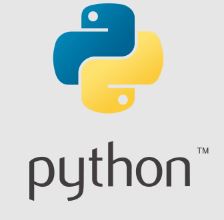MapType in PySpark is a data type used to represent a value that maps keys…
Tag: big_data_interview
PySpark : HiveContext in PySpark – A brief explanation
One of the key components of PySpark is the HiveContext, which provides a SQL-like interface to work with data stored…
PySpark: Explanation of PySpark Full Outer Join with example.
One of the most commonly used operations in PySpark is joining two dataframes together. Full outer join is one of…
PySpark : Reading from multiple files , how to get the file which contain each record in PySpark [input_file_name]
pyspark.sql.functions.input_file_name One of the most useful features of PySpark is the ability to access metadata about the input files being…
PySpark : Exploding a column of arrays or maps into multiple rows in a Spark DataFrame [posexplode_outer]
pyspark.sql.functions.posexplode_outer The posexplode_outer function in PySpark is part of the pyspark.sql.functions module and is used to explode a column of…
PySpark : Transforming a column of arrays or maps into multiple columns, with one row for each element in the array or map [posexplode]
pyspark.sql.functions.posexplode The posexplode function in PySpark is part of the pyspark.sql.functions module and is used to transform a column of…
PySpark : Calculate the percent rank of a set of values in a DataFrame column using PySpark[percent_rank]
pyspark.sql.functions.percent_rank PySpark provides a percent_rank function as part of the pyspark.sql.functions module, which is used to calculate the percent rank…
PySpark : Extracting minutes of a given date as integer in PySpark [minute]
pyspark.sql.functions.minute The minute function in PySpark is part of the pyspark.sql.functions module, and is used to extract the minute from…
PySpark : Function to perform simple column transformations [expr]
pyspark.sql.functions.expr The expr module is part of the PySpark SQL module and is used to create column expressions that can…
PySpark : Formatting numbers to a specific number of decimal places.
pyspark.sql.functions.format_number One of the useful functions in PySpark is the format_number function, which is used to format numbers to a…
PySpark : Creating multiple rows for each element in the array[explode]
pyspark.sql.functions.explode One of the important operations in PySpark is the explode function, which is used to convert a column of…







